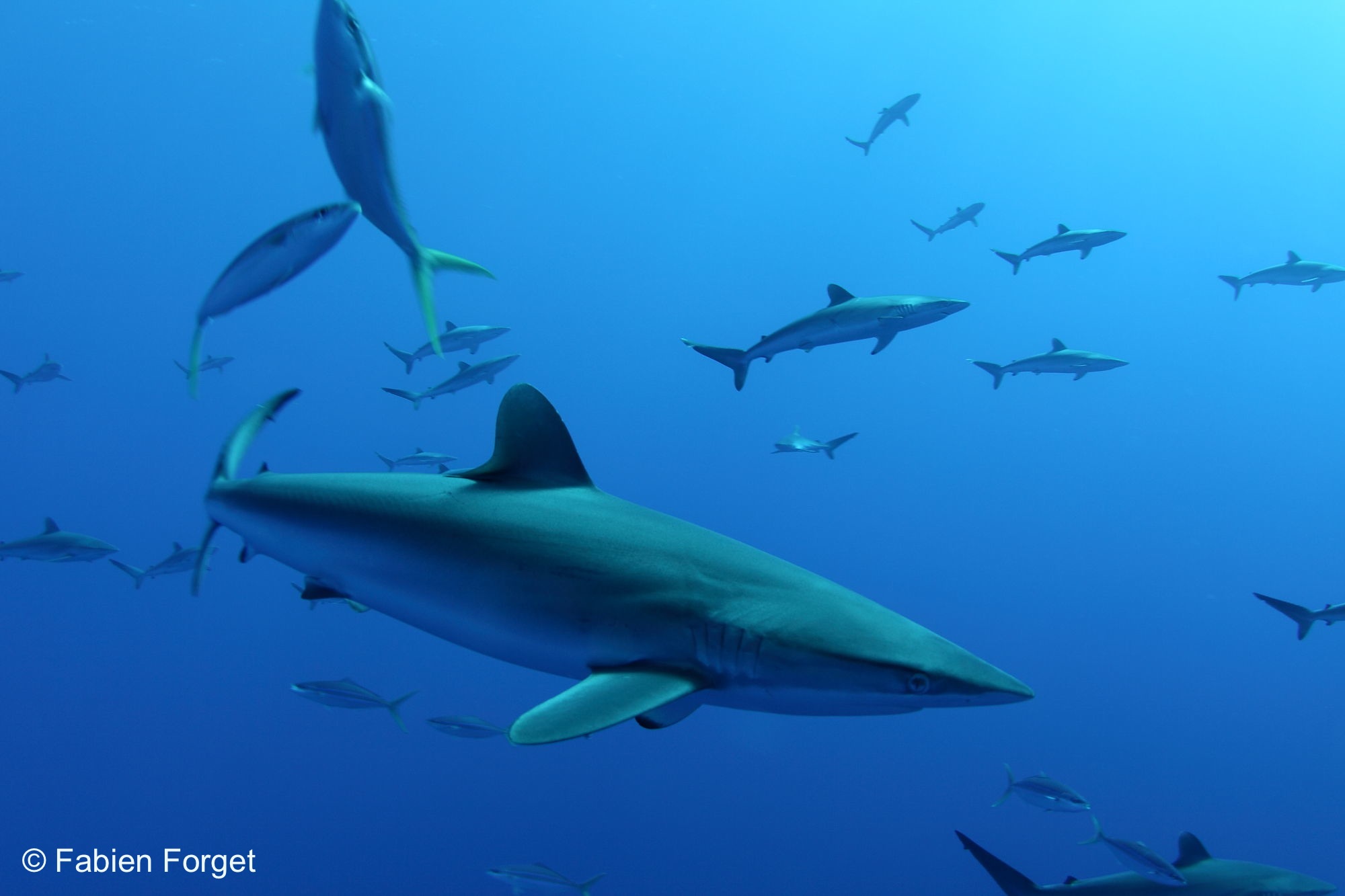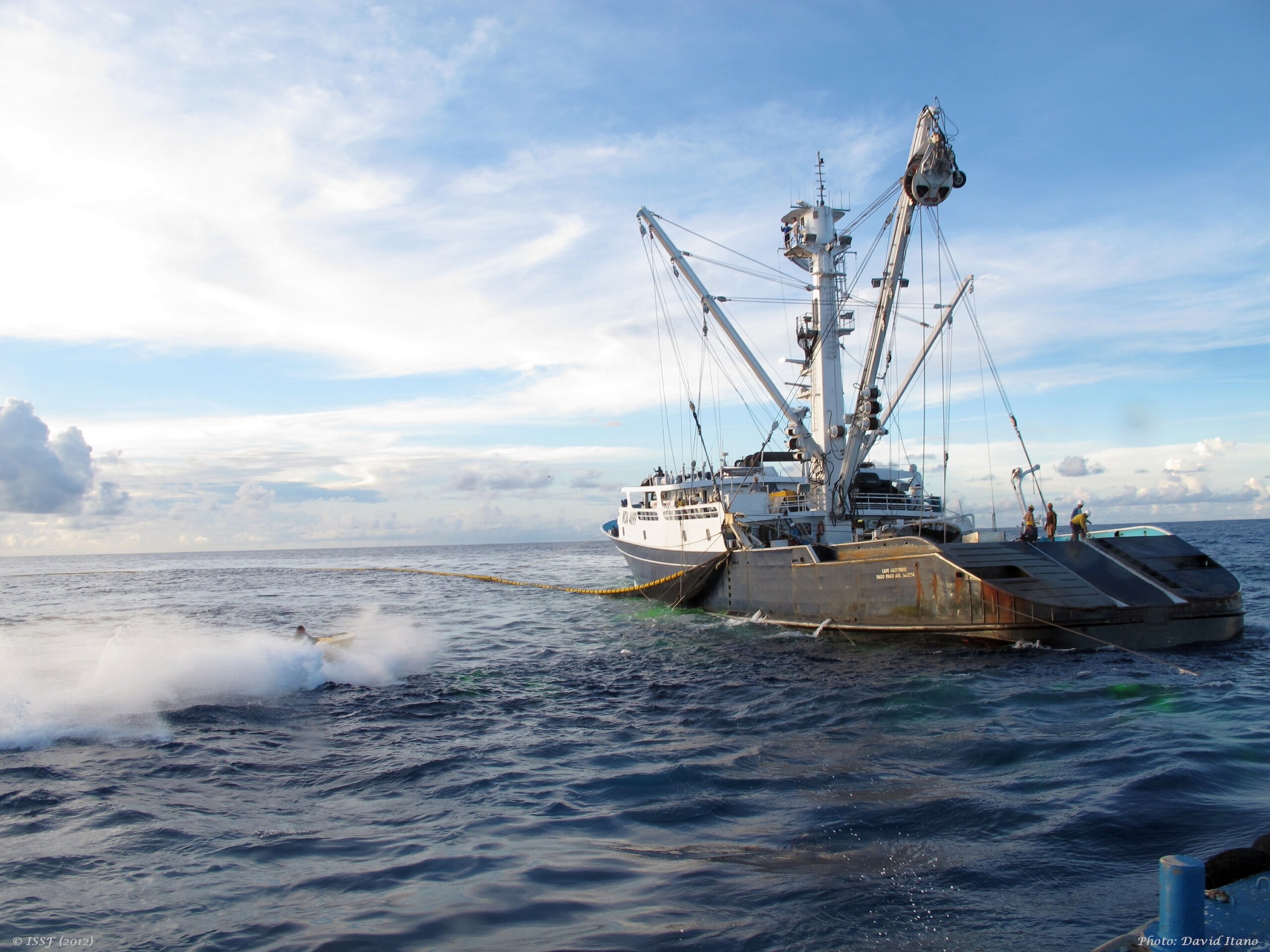
ISSF REPORT: 86% of Global Tuna Catch Comes from Stocks at Healthy Levels; 10% Requires Stronger Management
Of the total commercial tuna catch worldwide, 86% comes from stocks at “healthy” levels of abundance, according to the newest International Seafood Sustainability Foundation (ISSF) Status of the Stocks report released in March 2024 — a 1% improvement over 2023 report findings. Additionally, overfished stocks now account for 10% of the total catch — down from 11% in the previous report. The percentage of the catch that came from stocks at an intermediate level of abundance remained unchanged, at 4%.
Several tuna stocks are considered overfished and/or subject to overfishing:
- Mediterranean albacore, Indian Ocean bigeye, and Indian Ocean yellowfin stocks are overfished and subject to overfishing.
- Pacific Ocean bluefin is overfished.
In terms of Regional Fisheries Management Organizations (RFMO) stock management, key updates since November 2023 include:
- A Western and Central Pacific Ocean (WCPO) management change: Specifically, the Western and Central Pacific Fisheries Commission (WCPFC) updated the tropical tuna conservation measure, which now encourages member countries to initiate retrieval programs for lost, abandoned or stranded FADs, while shortening the FAD closure from 3 to 1.5 months.
- A Pacific-wide management change: Specifically, the WCPFC updated its harvest strategy by adopting a Harvest Control Rule for North Pacific albacore like the one adopted by the Inter-American Tropical Tuna Commission (IATTC) in 2023.
- The Indian Ocean Tuna Commission (IOTC) released updated catch data as well as a new Indian Ocean skipjack stock assessment that found no change in ratings. Based on the results of the assessment, a new total allowable catch (TAC) was adopted following the application of the Harvest Control Rule.
ISSF publishes its signature Status of the Stocks report several times each year using the most current scientific data on 23 major commercial tuna stocks.
Key Statistics in the New Status of the Stocks Report
- Abundance or “spawning biomass” levels: Globally, 61% of the stocks are at a healthy level of abundance, 22% are at an intermediate level, and 17% are overfished (unchanged from the November 2023 report).
- Fishing mortality levels: 78% of the 23 stocks are not experiencing overfishing, 13% are experiencing overfishing, and 9% are at an intermediate level (unchanged from the November 2023 report).
- Tuna production by fishing gear: 66% of the catch is made by purse seining, followed by longline (9%), pole-and-line (7%), gillnets (4%) and miscellaneous gears (14%).
- Largest tuna catches by stock: The five largest catches in tonnes, unchanged since the previous report, are Western Pacific Ocean skipjack, Western Pacific Ocean yellowfin, Indian Ocean skipjack, Indian Ocean yellowfin, and Eastern Pacific Ocean yellowfin.
- Total catch: The catch of major commercial tunas was 5.2 million tonnes in 2022, a 2% increase from 2021. Fifty-seven percent of it was skipjack tuna, followed by yellowfin (30%), bigeye (7%) and albacore (5%). Bluefin tunas accounted for 1% of the global catch.
The Status of the Stocks report is reviewed by the ISSF Scientific Advisory Committee (SAC), which provides advice on its content. The report does not advocate any particular seafood purchase decisions.
New Report Available: Tuna Fisheries’ Impacts on Non-Tuna Species and Other Environmental Aspects: 2024 Summary
Until 2023, the Status of the Stocks report included relative ratings for bycatch impacts by the different fishing methods. The information on stock status and management comes from the five tuna RFMOs that assess and regulate tuna fisheries internationally. However, the information on bycatch impacts was from multiple sources and was not stock- or fishery-specific. Because of this, the ISSF SAC recommended that the Status of the Stocks report be limited to stock status and management and a separate report be created to address the environmental impacts.
Subsequently, the separate ISSF report entitled Tuna Fisheries’ Impacts on Non-Tuna Species and Other Environmental Aspects: 2024 Summary was published in March 2024 to summarize bycatch and other ecosystem impacts for major types of tuna fisheries. Going forward, ISSF will publish this report annually as a standalone publication.
Key elements in the March 2024 report include:
- A summary of the main impacts that different methods used to catch tunas have on non-target species and other ecosystem components
- An analysis of scores obtained by different fishery types in Principle 2 (environmental impacts) certified by the Marine Stewardship Council (MSC)
- A summary of the relevant measures to address ecosystem impacts adapted by the tuna RFMOs
- A summary of complementary conservation measures adopted by ISSF
About the Status of the Stocks Report
There are 23 stocks of major commercial tuna species worldwide — 6 albacore, 4 bigeye, 4 bluefin, 5 skipjack, and 4 yellowfin stocks. The Status of the Stocks summarizes the results of the most recent scientific assessments of these stocks, as well as the current management measures adopted by the RFMOs. Status of the Stocks assigns color ratings (green, yellow or orange) using a consistent methodology based on two factors: Abundance and Exploitation/Management (fishing mortality).
ISSF produces several Status of the Stocks reports each year to provide clarity about where we stand — and how much more needs to be done — to ensure the long-term sustainability of tuna stocks. The Status of the Stocks presents a comprehensive analysis of tuna stocks by species, and the Evaluation of the Sustainability of Global Tuna Stocks Relative to MSC Criteria provides scores for the stocks and RFMOs based on MSC assessment criteria. Together, these tools help to define the continuous improvement achieved as well as the areas and issues that require more attention.
In addition, ISSF maintains a data-visualization tool based on its Status of the Stocks report. The “Interactive Stock Status Tool” is located on the ISSF website and accessible through the Status of the Stocks overview page. Users can easily toggle through tuna abundance and exploitation health indicators by catch or stock, filter by location and species, and see the share of total catch by species/stocks and gear types.


